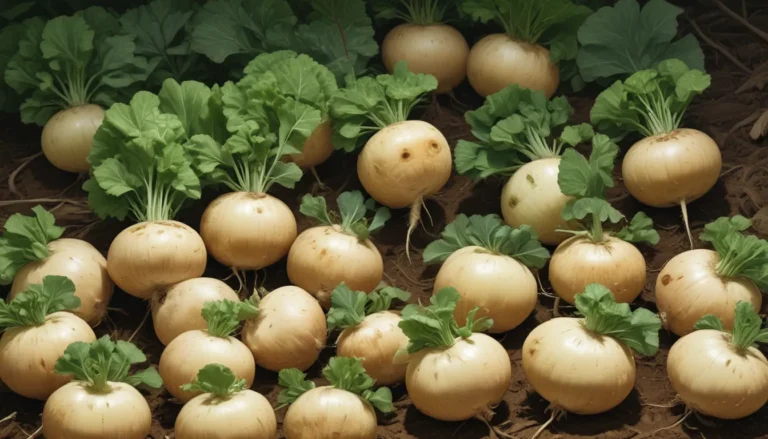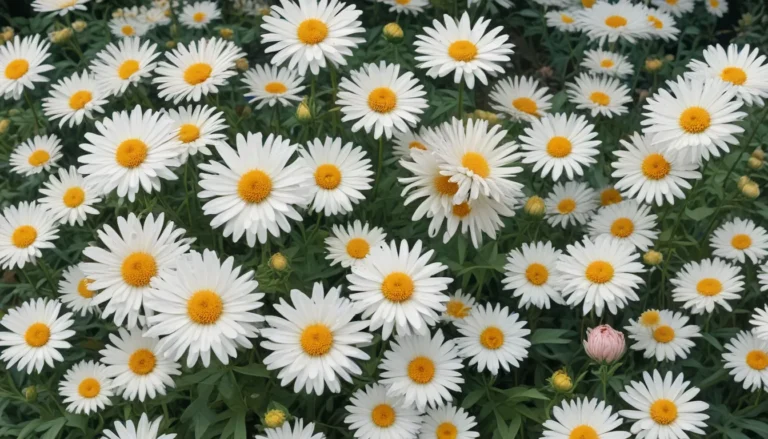Transform Your Garden into a Winter Haven for Wildlife: 21 Exceptional Trees and Shrubs with Winter Berries

When the winter season sets in and everything turns cold and gray, the cheerful sight of colorful birds feasting on winter berries from the trees and shrubs you’ve planted for them is truly heartwarming.
There is an array of different trees and shrubs you can choose from to provide a wildlife-friendly feast during the winter months. Not only do these plants produce fruits that are beneficial for birds and other wildlife, but they also add a splash of color and visual interest to your garden.
In this comprehensive guide, we’ll delve into the merits of 21 different species of trees and shrubs known for their winter berries. These plants may not all produce berries in the scientific sense, but they all offer fruits that are appealing to various wildlife species.
We’ll cover essential information such as the size of the plants, their growing conditions, the types of fruits they produce, and the birds they are likely to attract. Additionally, we’ll explore the importance of having both male and female plants for optimal berry production, as well as tips on where to purchase these wildlife-friendly trees and shrubs.
So without further ado, let’s take a closer look at our list of outstanding winter berry producers for wildlife gardens:
1. American Beautyberry
The American beautyberry is a medium-sized shrub known for its vibrant purple clusters of fruits that appear along the stems in late summer. These berries are a favorite among various bird species such as black-throated blue warblers, mockingbirds, and Northern bobwhites. The plant thrives in USDA Hardiness Zones 6 to 10 and can be grown in a variety of soil types.
To add this colorful shrub to your garden and provide a delightful winter treat for your feathered friends, consider purchasing live American beautyberry shrubs available from reputable nurseries.
Now, let’s explore the other wildlife-friendly trees and shrubs on our list:
2. American Holly
American holly, also known as Christmas holly, is a broadleaf evergreen tree native to the central and eastern United States. It produces bright red berries in late summer that persist through fall and early winter, attracting birds such as American robins, Carolina chickadees, and northern cardinals. This versatile tree thrives in USDA Hardiness Zones 5 to 9 and can adapt to various soil types.
If you’re looking to provide a winter feast for your avian visitors, consider adding American holly trees to your garden. You can find live specimens available for purchase from reputable nurseries.
Continue reading for more exceptional trees and shrubs that provide winter berries for wildlife:
Important Considerations for Wildlife Gardening
Before selecting trees and shrubs for your wildlife garden, it’s essential to keep a few key considerations in mind to ensure a bountiful and harmonious environment for birds and other wildlife:
Avoid Conflict
Select plants that you don’t mind sharing with wildlife, as some species may produce berries that are edible for both humans and birds. Be prepared for your feathered visitors to enjoy the fruits of your labor before you do.
Grow a Diverse Selection
Ensure a steady food supply for birds by planting a variety of trees and shrubs that produce winter berries. Different species offer food throughout the winter, ensuring birds have sustenance in changing weather conditions.
Offer Habitat as Well as Food
Provide birds with suitable nesting spots and cover by including trees and shrubs with dense foliage and varying growth habits in your wildlife garden. This creates a welcoming environment for a diverse range of bird species.
Create Layers
Establish different layers of plantings to cater to birds that prefer perching at various heights. By including low-growing shrubs, midsized trees, and perennials, you can attract a wide variety of bird species to your garden.
Plant Native Species
Select trees and shrubs that are native to your location to promote ecological balance and support local bird populations. Native plants provide food for birds throughout all stages of their life cycles and are preferred over introduced species.
By incorporating these considerations into your wildlife garden planning, you can create a vibrant and nurturing environment that supports a diverse array of bird species.
Additional Wildlife-Friendly Trees and Shrubs
In addition to the trees and shrubs highlighted in this article, there is a vast selection of wildlife-friendly plants that can enhance your garden and attract birds throughout the winter months. By planting a range of species that produce winter berries, you can transform your garden into a haven for avian visitors and create a flourishing ecosystem for local wildlife.
If you’re interested in learning more about wildlife gardening and creating a sustainable landscape, be sure to explore additional resources and guides available to help you cultivate a thriving and harmonious environment for birds and other wildlife.
Remember, the beauty of a wildlife garden lies in its ability to provide food, shelter, and habitat for birds, creating a welcoming and nurturing space for these magnificent creatures to thrive and flourish.
So go ahead and transform your garden into a winter wonderland for wildlife by planting these exceptional trees and shrubs that produce winter berries. Your feathered friends will thank you for it!





